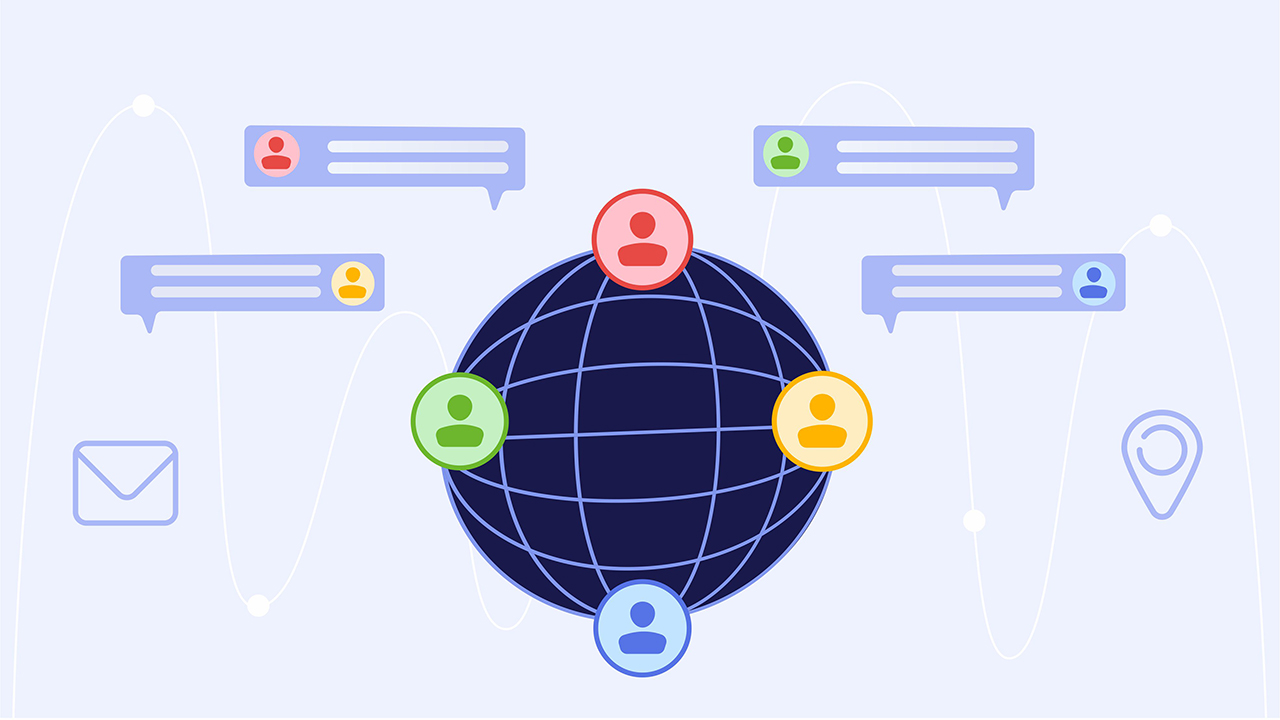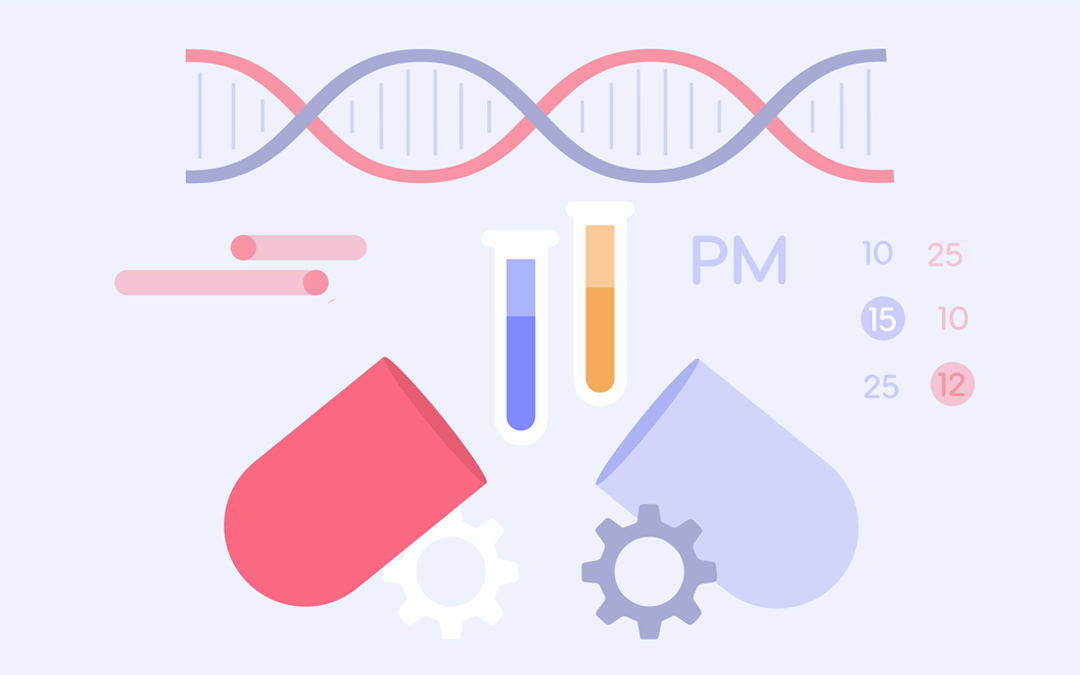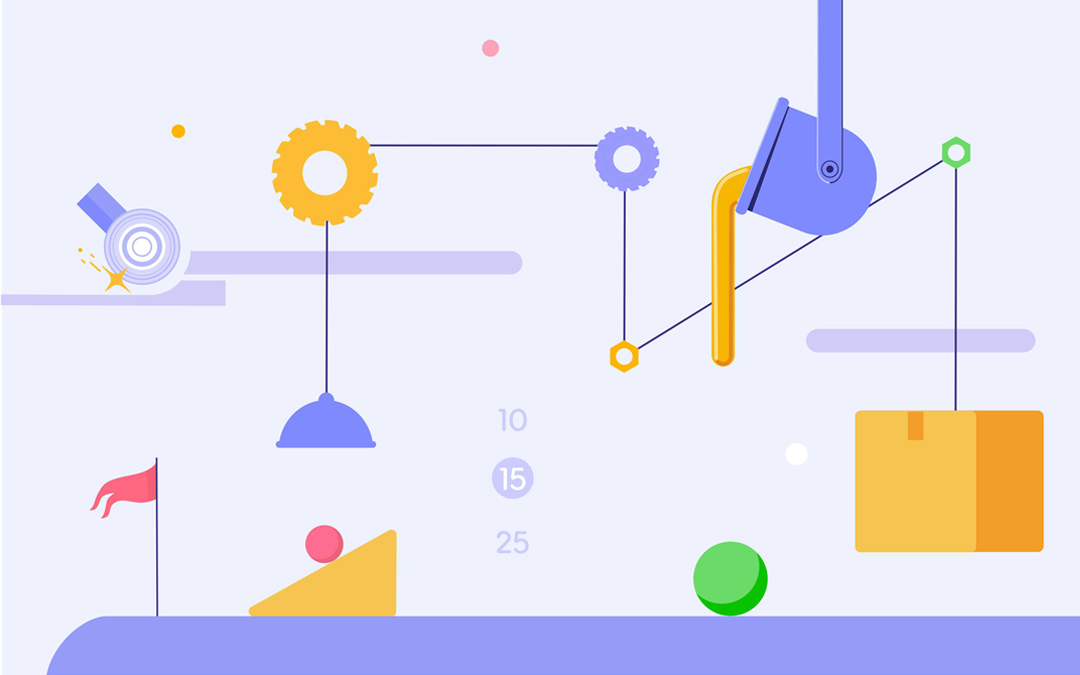Remote teams are a reality of today. Employment doesn’t have any borders anymore, and managers can hire people regardless of their location based on what really matters: knowledge, skills, and experience. Besides, business owners can have their facilities around the world independent of their place of residence or other teams that aren’t involved in production. This simplifies the process of candidate search and helps reduce costs, but at the same time complicates further management of all these types of resources.
Difficulties of Managing Globally Distributed Resources

Resources used in projects can be both human and material, which doubles the complexity of managing them globally. Here are the most typical challenges of administering these two groups of resources.
Common challenges of managing globally distributed human force
As mentioned before, remote work opens up a lot of opportunities for highly skilled professionals and lets companies hire the best world talents and reach their business goals with their help. Together with that, it creates extra challenges for project and resource managers; especially it’s relevant for mid- and large-scale companies that hire thousands of people to work on multiple projects.
Let’s overview some of the challenges a project or resource manager faces in this kind of environment.
- Keeping track of all resource-related information
A resource manager needs to know not only what knowledge, skills, and experience each team member has, but also monitor their availability and capacity. Make also a note of the necessity to update this data if an employee has passed another exam or taken a course and his/her skill set has changed.
- Allocating resources across projects based on related data and priorities
If we’re talking about a single project, it’s not a big deal to allocate resources to tasks for their successful completion. But if we have a limited number of resources and multiple projects running simultaneously (which is typical for many industries today), resource allocation becomes a “mission impossible”.
- Predicting the demand level
To plan projects’ flows, apply efficient allocation strategies, and prevent future bottlenecks, a project or a resource manager has to know how many resources will be needed to perform a planned scope of work. Calculating and predicting this is extremely difficult for the human brain when there are thousands of tasks in the plan.
- Reallocating resources in case of availability/capacity changes
When some changes in an employee’s availability occur, a project/resource manager has to reassign his/her tasks to another team member. At that, not only skills, experience, and availability should be taken into account but also the time zones of the globally distributed teams or other essential attributes that may affect the resource allocation process. It’s quite challenging, isn’t it?
- Assigning the right resources to the right tasks
In this context, apart from all the above-mentioned things that must be considered before allocating resources to project tasks, also the priorities and the complexity level of tasks must be kept in mind. To ensure maximum productivity and efficiency, the tasks assigned to team members should be neither too complex, nor too simple for them. Taking this data into account is a really demanding task when there is a large pool of globally distributed resources.
Difficulties in managing remote facilities and equipment
Seamless work on projects is impossible without proper management of material resources and facilities required for their completion. However, it’s not without challenges, and here is why.
- Controlling the consumption of raw materials
It’s difficult to keep track of all raw materials that are used for production, especially if the facilities are located in different countries. A resource/project manager must know the rate of their consumption as well as price rates and other related data that can have an impact on the project outcomes.
- Assigning tasks to remote machines
Not only do people perform project tasks, but a lot of work is also performed with different kinds of equipment. The tasks executed by machines should also be assigned properly based on task priorities and the availability of equipment. When it’s located in different places, it becomes a real challenge.
- Supervising the work of remote equipment units
Knowing the capacity and availability of the equipment pieces necessary for projects is a must for a resource/project manager as they can be the source of uncertainty and risk for the project’s success in case of impairments or unavailability. Controlling and monitoring their proper utilization is essential but difficult for the globally distributed teams.
How to address all these challenges properly so that you can make your resources as productive as possible? As it has been mentioned before, globally distributed resources are typical for mid-to-large-sized companies that run multiple projects in parallel, which is why we’re suggesting the tips that work for both.
Tip 1: Create Cross-Functional Teams and Manage Them Properly
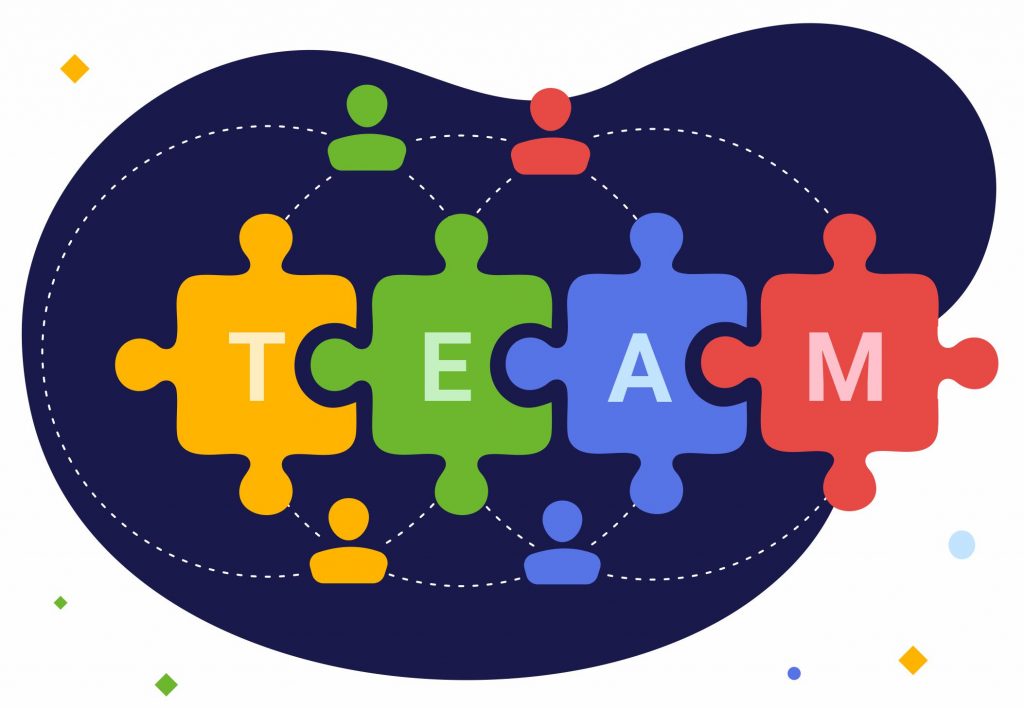
Creating cross-functional, or multi-functional, teams is an efficient approach to managing multiple projects with a shared pool of resources that are distributed globally. Such a team is a group of employees who work for a common goal and can be substituted by one another if needed. This requires additional training to make employees gain necessary skills, but it’s worth the effort. For example, if one expert falls ill or becomes unavailable for some reason, a resource manager or a project manager doesn’t have to hire/outsource a new employee — they just assign another team member to that set of tasks so that the workflow won’t be hampered by the employee’s unavailability.
But another question arises here, which is “Who will perform the duties of the employee who has been assigned to the new set of tasks?” — Nobody, and it’s ok. Read further to learn what we mean.
-
- Cross-functional teams work efficiently under certain conditions: the tasks must be prioritized across all projects, and none of the projects will suffer if some of the lower-priority tasks are postponed. In the example above, the question was about assigning an employee to a high-priority task, i.e. the one that had a direct impact on project outcomes.
-
- Another aspect that must be considered here is employees’ competences (together with capacity and availability). A resource/project manager has to find a perfect match between the employee’s skills and the competency required for the task accomplishment. If we’re talking about a multi-project environment with thousands of employees involved, who are distributed globally, and dozens of thousands of tasks to be completed, this becomes a super-challenge.
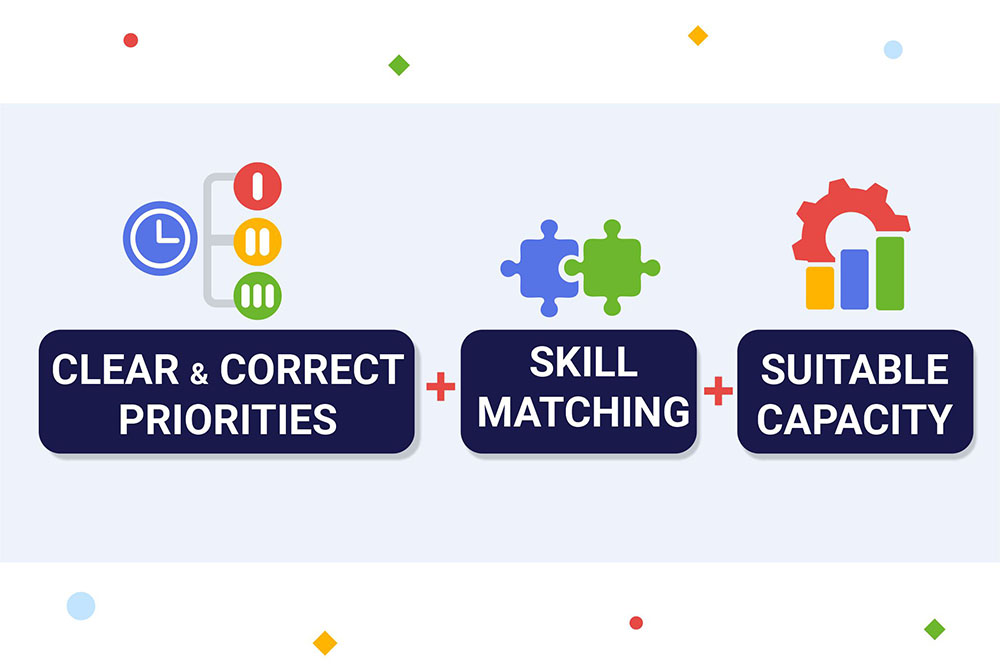
Resource management software capable of working in a multi-project setting can be a great assistant here. Let’s dwell upon its functions to understand how these solutions can help.
Read more: What Is a Resource Management Solution and Why Do You Need One? (Questions and Answers)
Tip 2: Use the Resource Management Software Designed Specifically for Multi-Project Environments
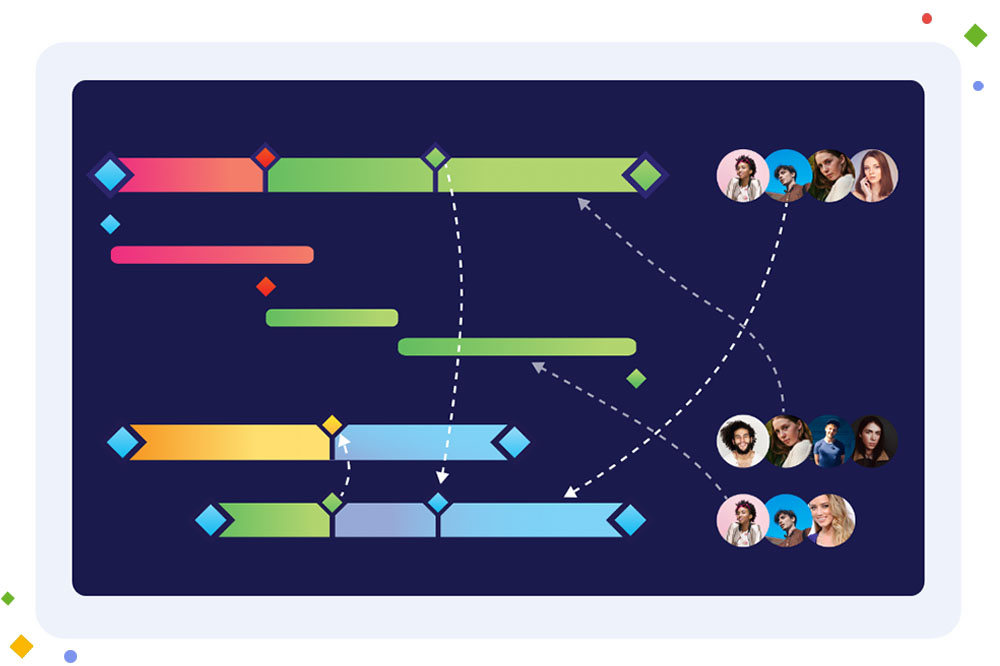
The modern resource management solutions that are capable of working in a multi-project environment have features that can help improve the management of globally distributed resources. Let’s overview the main functionalities that help project and resource managers reach this goal:
- collecting and processing all user-related information in one place,
- gathering all tasks and related information in one place,
- prioritizing tasks based on the analysis of the dependencies between all projects,
- showing the project flow on the pipeline and all changes in real time,
- detecting bottlenecks and naming the causes,
- supporting team collaboration (comments, chats, etc.),
- visualizing the teams’ progress in various forms (charts, tables, etc.) including historical and real-time data.
All the above-mentioned functionalities have their peculiarities depending on the product that must be taken into account by those who want to adopt one.
Read more: Top 5 Must-Have Capabilities of a Multi-Project Resource Management Solution
And despite the benefits these features can give to project teams, sometimes they’re not enough for efficient management of globally distributed resources. Read further to find out what else can let your resource management effort bring maximum results.
Tip 3: Apply AI-Driven Functionalities of Modern Resource Management Solutions
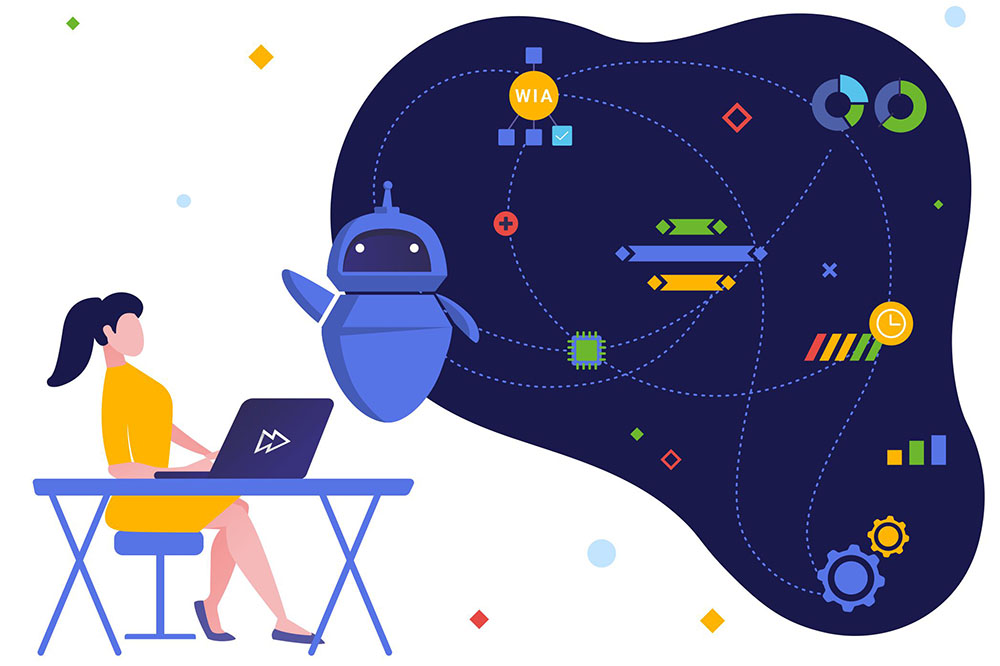
The main advantage of artificial intelligence is that it’s capable of interpreting and transferring extra-large amounts of data into structured datasets. It helps make informed resource allocation decisions and avoid resource conflicts. In large companies, these extra-large datasets include historical data throughout all completed projects together with information on thousands of people working on hundreds of concurrent projects.
Let’s say you have a bottleneck resource that is required in several projects, and he/she can’t be assigned to all projects simultaneously. So, a resource/project manager has to consider all possible options, assess their benefits and advantages, and make an informed decision that will potentially bring the biggest profit for the business. AI is a brilliant advisor here to suggest solutions and see their consequences before implementing them in the real environment.
For the teams that consist of the people who work from different countries and even continents, an AI-driven solution is a point of contact; and for a project/resource manager, it’s the only instrument to unite them into an integral whole and work together for the common goal like a well-oiled machine. The explanation is simple: a resource/project manager can’t remember everything about every team member and calculate their availability as well as priorities between hundreds of projects. And machine learning algorithms can.
Read more: AI in Project Management: Is the Future Already Here?
Some other attributes must also be taken into account: e.g., if a person has ever had experience with similar tasks, projects, or clients. A balance must be found: a highly-qualified employee shouldn’t spend his/her time on simple tasks that can be performed by less competent resources; an employee who doesn’t have enough experience and competency, shouldn’t struggle to do a difficult task. AI-powered resource management systems can help take these or other attributes into account to make the most effective resource allocation decisions.
Therefore, an AI-driven resource management solution is capable of:
- planning resource capacity;
- predicting the resource demand;
- finding ways to bridge the resource demand with available supply;
- making automatic resource allocation suggestions based on demand, capacity, availability, competence levels, and given attributes;
- predicting bottlenecks and suggesting measures to take to address them and avoid related risks.
Take a look at a graphical representation of AI resource management capabilities as suggested by PWC experts:
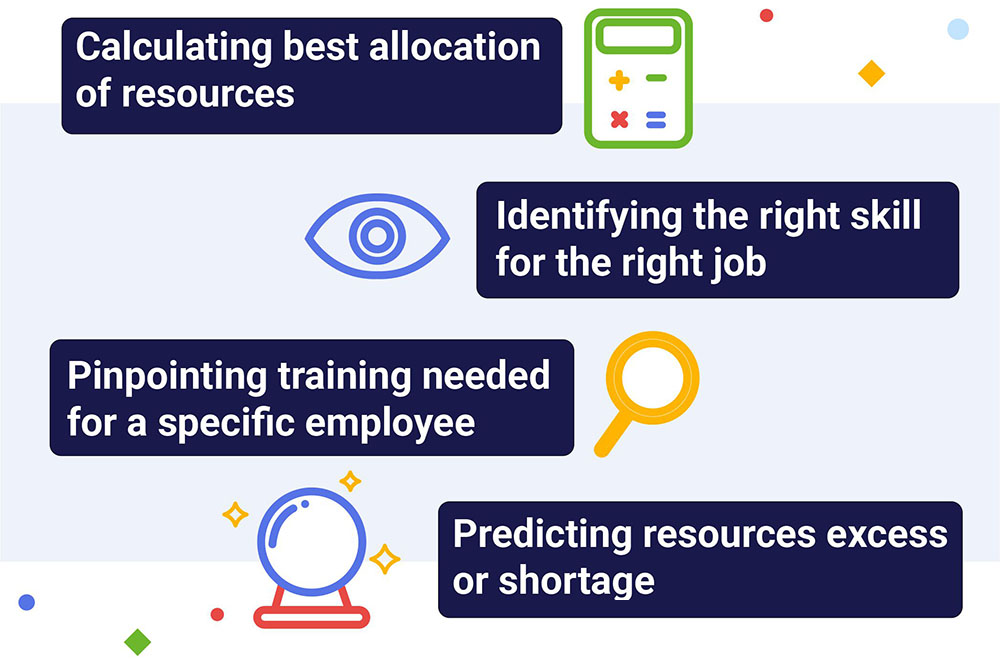
With an AI-driven resource software solution, your business always has the right person working on the right task at the right time in a safe risk-free project environment.
Tip 4: Simplify Your Job with Integrations
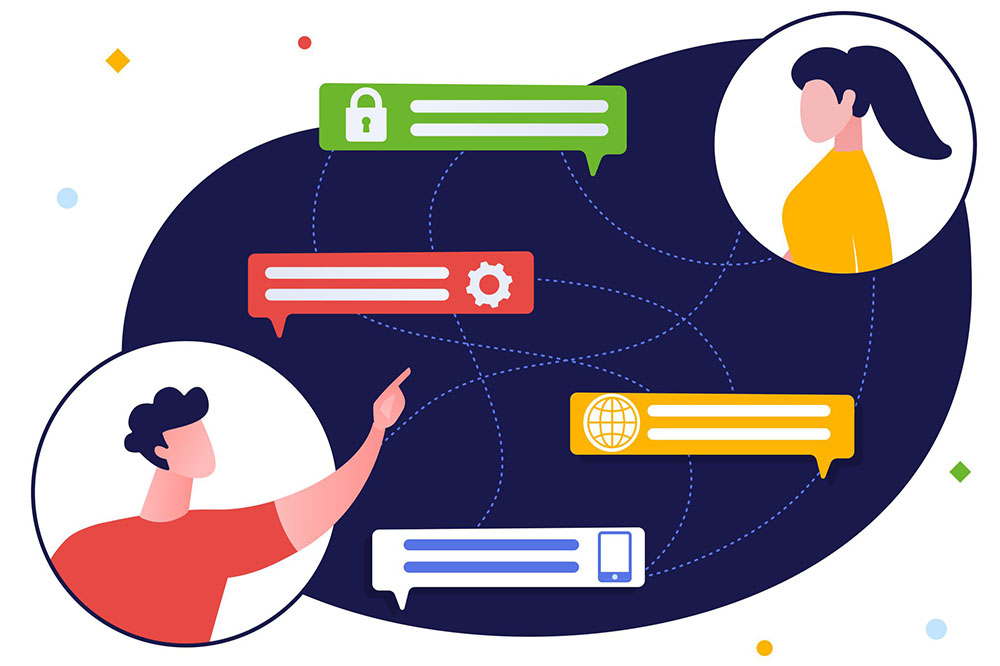
Integrating your project/resource management software solution with a human resource management system is a great means to simplify your work. An HRM system is a tool that collects all available information about the people working for a company/project. It tracks employees’ performance, attendance, payroll management, sick leaves and days off as well as vacations.
If a project and/or resource management tool is integrated with an HRM system, all availability changes will automatically appear in it. As soon as an employee takes a day off / sick leave, a team lead and an HR manager approve it, the capacity for this day gets automatically changed in the PM/RM system. In this case, a project/resource manager won’t assign a task to an unavailable team member and can react immediately to availability changes to avoid any project flow difficulties.
Epicflow is a great example of a resource management solution that has been designed specifically for a multi-project environment. It encompasses AI-driven functionalities for smart resource and project management as well as integration opportunities to make it possible for you to unite your geographically distributed resources into one team and achieve your business objectives faster and with less effort. It’s the first AI-driven resource management software that leverages the power of machine learning and predictive analytics to make work in any multi-project environment as smooth as possible and grow the profitability of any business. To learn more about Epicflow’s capabilities and our approach to multi-project management, book a call with our experts.
Conclusion
Today, more and more companies hire remote employees and have their facilities located in different countries, which significantly reduces costs and makes it possible to have the best talents regardless of their place of residence. This, in turn, creates a number of challenges for project and resource managers who have to unite these globally distributed resources, including human and material ones, and manage them properly in a multi-project environment.
We suggest the following 4 tips to make your remote teams bring maximum profitability to your business:
- Create cross-functional teams (this requires additional training to make one employee capable of replacing the other one).
- Employ resource management solutions designed specifically for multi-project environments.
- When selecting a resource management tool, pay attention to the ones that have AI-driven functionalities, because machine learning and predictive analytics greatly simplify the job of a project/resource manager and help get the best possible outcomes.
- Consider the opportunity to integrate your resource management tool with an HRM system for automatic resource availability change updates.
